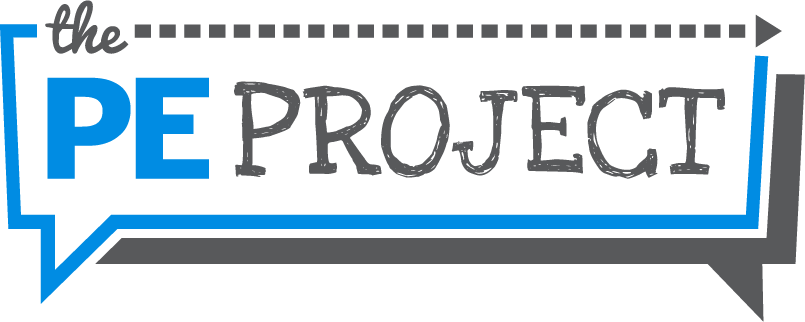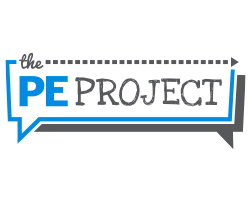Physical education is an important part of a student's overall education. It provides students with opportunities to engage in physical activities that promote their physical, mental, and emotional well-being. In the past, physical education was often taught using a traditional approach, where the teacher was the center of the learning process. However, over the years, alternative teaching styles have been developed, one of which is the self-teaching style. In this article, we will explore the self-teaching style in physical education, as proposed by Mosston and Ashworth, and provide examples and references to illustrate its implementation.
Mosston and Ashworth proposed a spectrum of teaching styles, which includes eleven styles that range from command style (teacher-centered) to self-teaching style (student-centered). According to Mosston and Ashworth, the self-teaching style is the most student-centered style of teaching, where the teacher's role is to facilitate the learning process, rather than direct it. In the self-teaching style, the students take responsibility for their learning and are encouraged to explore and discover knowledge on their own.
The self-teaching style is characterized by the following features:
- Students are encouraged to set their own learning objectives and goals.
- Students are provided with opportunities to explore and discover knowledge on their own.
- Students are encouraged to use critical thinking skills and problem-solving strategies.
- The teacher acts as a facilitator and provides guidance and support.
- The teacher provides feedback to the students and helps them reflect on their learning.
The self-teaching style can be implemented in various physical education activities. Here are a few examples:
- Gymnastics: In a self-teaching style, the teacher can provide students with a list of skills to master. The students can then work in small groups to develop their own routines, using the skills on the list. The teacher can provide feedback to the students and help them refine their routines.
- Fitness: In a self-teaching style, the teacher can provide students with a list of exercises to perform. The students can then work in pairs to create their own fitness routines, using the exercises on the list. The teacher can provide feedback to the students and help them improve their routines.
- Team sports: In a self-teaching style, the teacher can assign students to small teams and provide them with a set of rules and objectives for the game. The students can then work together to develop their own strategies and tactics for achieving the objectives. The teacher can provide feedback to the students and help them reflect on their performance.
The self-teaching style is a student-centered teaching style that can be used in physical education to promote student engagement, motivation, and learning. By providing students with opportunities to explore and discover knowledge on their own, the self-teaching style can help students develop critical thinking skills, problem-solving strategies, and independence. The examples provided in this article illustrate how the self-teaching style can be implemented in various physical education activities, such as gymnastics, fitness, and team sports.
References
- Mosston, M., & Ashworth, S. (2002). Teaching physical education (5th ed.). San Francisco: Benjamin Cummings.
- Rink, J. (2010). Teaching physical education for learning (6th ed.). New York: McGraw-Hill.
- Siedentop, D., Hastie, P., & van der Mars, H. (2011). Complete guide to sport education (2nd ed.). Champaign, IL: Human Kinetics.










